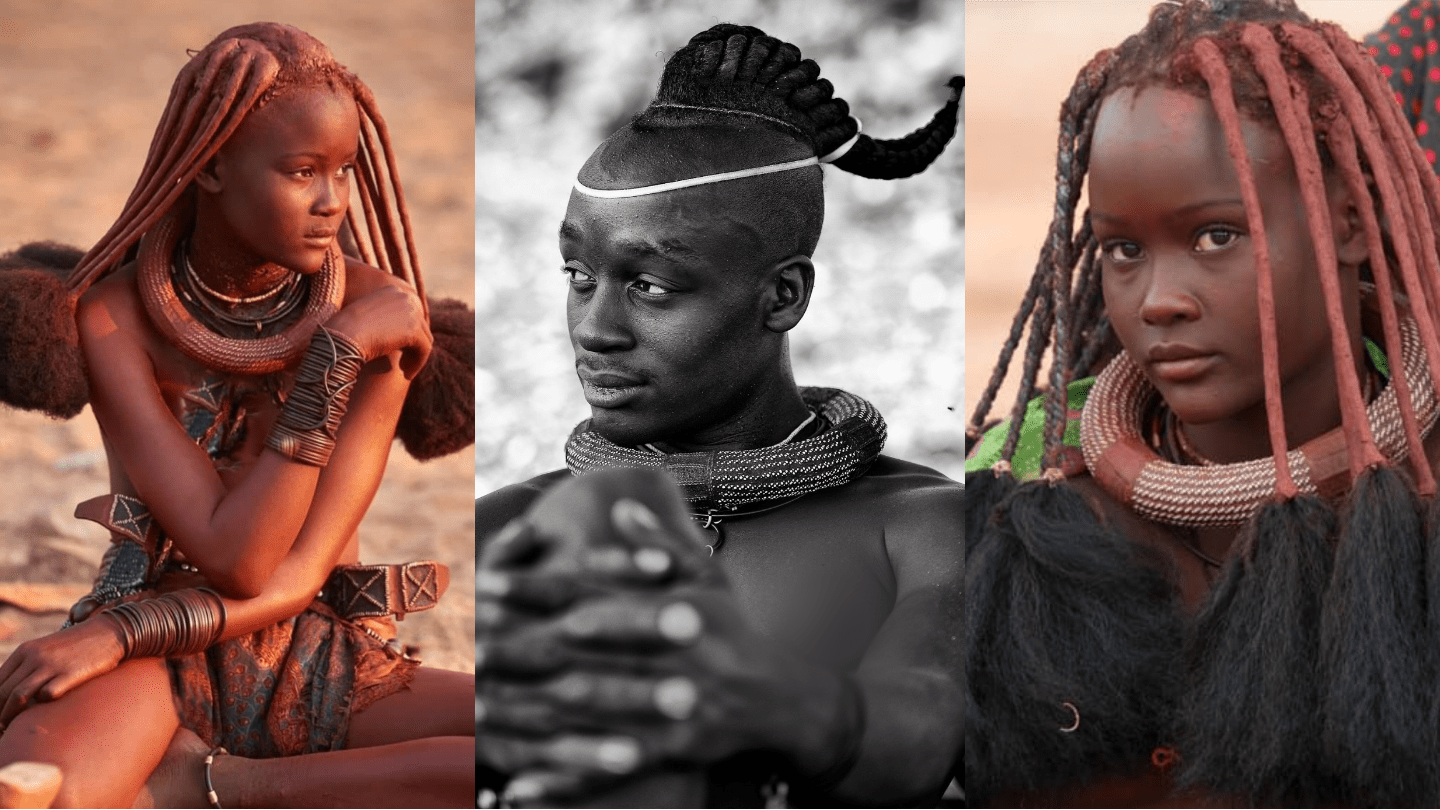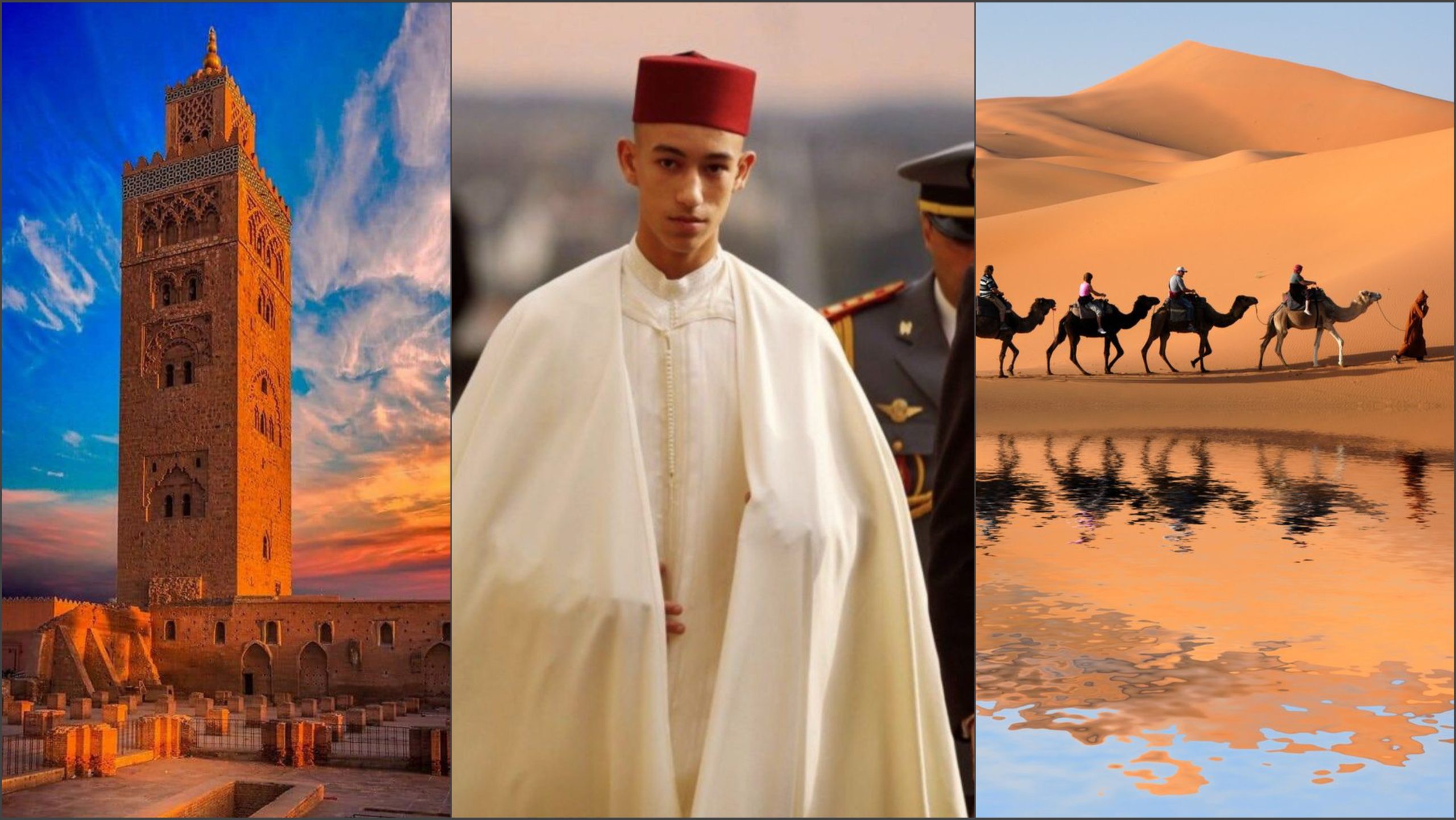The Himba (singular: Omuhimba, plura: Ovahimba) are an ancient tribe in Namibia, closely related to the Herero.
The origins of the Himba people
Their roots can be traced back to central and western Africa, but they have since settled in Angola and Namibia.
The OvaHimba refuse to adhere to modern culture and continue to wear their traditional clothes, which includes loin cloths and animal skin miniskirts. They can also be identified by their skin, which has a dazzling reddish tinge as a result of them rubbing red ochre and fat all over their bodies to shield them from the scorching Namibian sun.
Language: Otjihimba, which is a Herero dialect. The population is estimated to be between 20,000 and 50,000 people. They are a pastoral, semi-nomadic people who raise cattle and goats.
Women are more likely than men to perform labor-intensive tasks such as carrying water to the village, constructing homes, and milking cows. Political tasks and judicial proceedings are handled by men.
Their homes are pure, cone-shaped sapling structures held together by palm leaves, mud, and dung.
The cattle you owned during your lifetime, reflected by the horns on your grave, are a symbol of wealth in the Himba culture, not the beauty or consistency of a tombstone.
Droughts, guerrilla warfare (during Namibian independence and the Angolan civil war), and German forces that decimated other Namibian tribes have all been devastating to the Himba. Despite the fact that Himba life was on the verge of extinction in the 1980s, the Himba people, history, and tradition have survived.
The women are known for rubbing otjize, a butter fat and ochre mixture, on their bodies to shield their skin from the harsh environment. The rich red color of the earth and the blood that symbolizes life are said to be represented by the red mixture.
Himba men are permitted to marry several wives, but the fathers of the brides arrange these gatherings. The tradition is fraught with controversy, similar to the Mbalantu tribe’s Olufuko festival.
The unpleasant rains have forced many Himba people to migrate to the city and use their skills to make a living, despite the fact that their traditional way of life is celebrated. Tourists, on the other hand, are advised not to photograph them without their permission, as this might result in a heated argument.
Religion and beliefs
The Himba worship their ancestors as well as the god Mukuru. Since Mukuru is often busy in some other realm, the ancestors often serve as Mukuru’s representatives.
Their homes are built around an okuruwo (ancestor fire) and their animals, all of which are connected to their ancestor worship. The fire reflects ancestral security, while the livestock allows for proper human-ancestor connections.
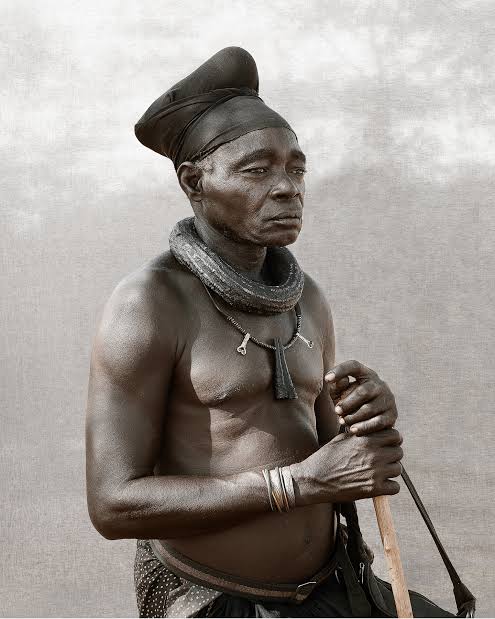
Every family has its own ancestral fire, which is attended to by the fire-keeper every seven to eight days in order to communicate with Mukuru and the ancestors on behalf of the family.
Hairstyles of the Himba
Hairstyles indicate age and social status.
A young girl’s braided hair is usually braided in two plaits (ozondato), the form of which is determined by the oruzo membership (patrilineal descent group).
Girls wear long plaitlets loosely wrapped around their heads just before puberty – it can take on various forms, and wigs are sometimes worn over it.
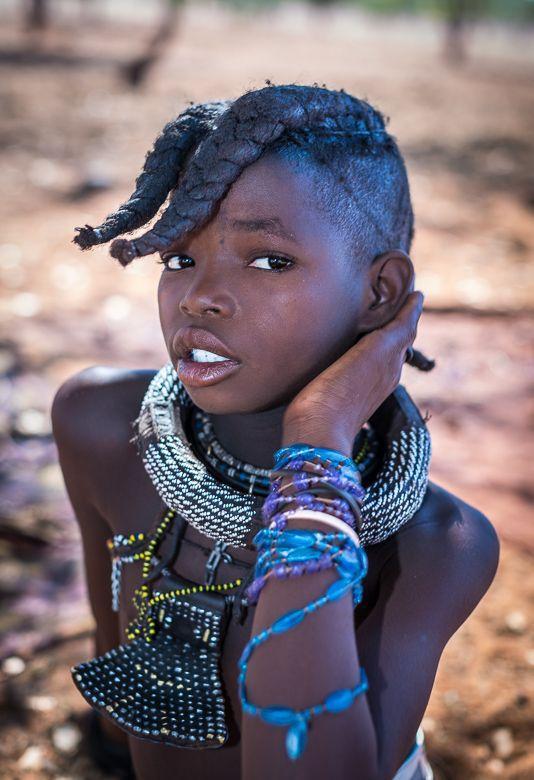
The so-called ekori festival takes place after the girls have completed their puberty rite, and she receives the ekori headdress, which is made of tanned sheep or goatskin with three leaf-shaped points and is always decorated with iron beads.
Some girls have their hair shaved all over except for a small bush on top of their heads. The shaved hair is then used to weave plaits that hang down over the face and are woven into the remaining hair.
The ekori headdress is replaced by the erembe headdress made from goat’s skin and fastened under the hair at the back of the head by two thongs after she has been married for about a year or has had a child. Since then, the ekori has only been worn on ceremonial occasions.
Himba men also wear a variety of hairstyles, including the ondato, a single plait worn by young boys down the back of the head, the ozondato, two plaits worn by Himba men of marriageable age, and the ombwiya headdress, a scarf made from cloth covering the hair and decorated with an ornamental design.
Traditional Jewelry
The Himba continue to wear traditional jewelry in accordance with ancient customs.
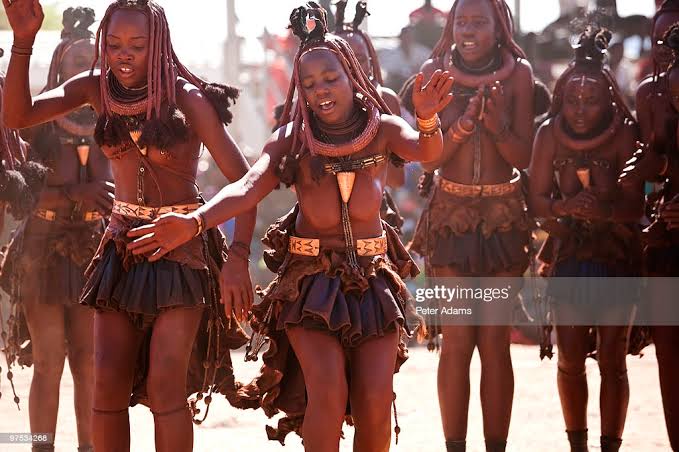
Both men and women wear a variety of necklaces, arm bracelets that resemble sleeves and are made of ostrich eggshell beads, grass, cloth, and copper, and can weigh up to 40 kg, as well as leg bracelets. Iron oxide powder, with its gleaming effect, is used as a cosmetic in the same way that western glitter is.
Adult women wear beaded anklets to shield their legs from venomous animal bites, according to legend.
The ohumba is a large white shell worn on the breast by Himba (as well as Owambo and Herero women).
 The African History Truly African
The African History Truly African
